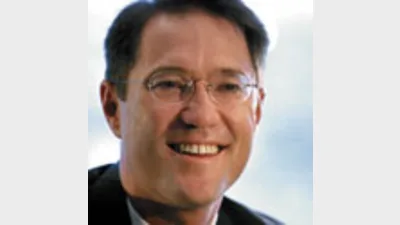AMP upbeat despite 18 per cent profit decline



AMP Limited has experienced a strong boost in revenue as a result of its merger with AXA Asia Pacific, but nonetheless experienced an 18 per cent decline in first half net profit after tax attributable to shareholders to $349 million.
However, the company chose to point to the 3 per cent increase in underlying profit to $455 million as being a more reliable measure, and reinforced the fact that AMP had the largest adviser and planner network across Australia and New Zealand.
It said the merged business had 4,020 planners and advisers at 30 June, with the merged group having 4,048 planners, representing a fall of six advisers from 31 December, last year.
"Ongoing strong growth in AMP planner numbers was offset by lower recruitment for AXA advisers, particularly in the first quarter of 2011, against a background of heightened uncertainty for AXA advisers ahead of the final merger outcome," AMP chief executive, Craig Dunn, said in a statement released to the Australian Securities Exchange (ASX).
"We are very pleased with AXA adviser retention post the merger," he said. "As of today, around 97 per cent of the value of the adviser network in AXA and Charter Financial Planning has been retained."
The AMP release to the ASX revealed that AMP Financial Services operating earnings increased 2 per cent to $329 million for the half, which the company said reflected strong results from AMP Bank, Contemporary Wealth Protection and higher net cash flows into AMP Flexible Super.
It said that its Contemporary Wealth Management division, which includes financial planning, superannuation, pensions and banking businesses, operating earnings had increased by 5 per cent to $157 million.
The announcement said AMP Capital Investors' operating earnings were down slightly to $41 million.
Discussing the outlook for the company, Dunn said the European debt crisis and uncertainty over the US recovery was likely to remain a source of investment market volatility for some time to come, while closer to home, Australian households remained cautious and continued to prefer increasing their savings through bank deposits over increasing discretionary contributions to superannuation.
Recommended for you
In this episode of Relative Return Insider, host Keith Ford and AMP deputy chief economist Diana Mousina break down the spike in inflation numbers and what it means for the possibility of a rate cut as we move into the new year.
In this episode of Relative Return Insider, host Keith Ford and AMP economist My Bui explore Prime Minister Anthony Albanese’s trip to the US and the critical minerals deal stemming from his meeting with President Donald Trump.
In this episode of Relative Return Insider, host Keith Ford and AMP chief economist Shane Oliver unpack the latest unemployment numbers and what they mean for a rate cut, as well as how the latest flare-up in the ongoing US–China trade dispute has highlighted the remaining disparity between gold and bitcoin.
In this episode of Relative Return Insider, host Keith Ford and AMP chief economist Shane Oliver take a look at the unfolding impacts and potential economic ramifications of the US government shutdown and the surge in gold and bitcoin prices.







